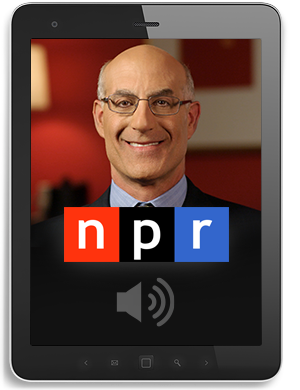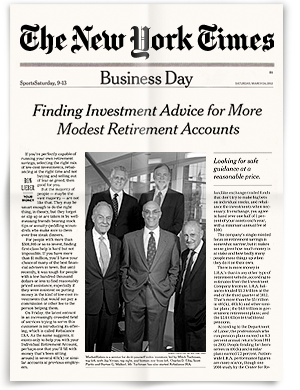
This week on the Retire With More Show we were joined by financial journalist and author Mark Miller.
Mark is a retirement columnist for Reuters, Morningstar and AARP The Magazine and he is the Sunday Editor of the Chicago Sun-Times. A nationally recognized expert on trends in retirement and aging, Mark helps bring some light to the topics of Social Security and healthcare.
social security
Social Security is the most important retirement benefit for most Americans. It’s a source of guaranteed lifetime income and it has a lot of value, because no matter how much you save and invest none of us know how long we are going to live.
It’s true that Social Security has a solvency issue in 2033. What is less understood is the nature of the problem. Social Security has a trust fund that has had funds building up in reserve since the last time that the program was reformed, back in 1983.
“One of the reasons for that reform was to build up a cushion in anticipation of the retirement of the baby boomer generation. That is now upon us and that trust fund is starting to get drawn down. By 2033 it will be exhausted and empty.” — Mark Miller
The good news is that there are very manageable ways to avoid this problem through an infusion of new revenue into the system. This can be accomplished either by raising the cap on the amount of income that is subject to the Social Security tax or by instituting an increase in the payroll tax rate that is paid by employees and employers that is so gradual you would not even notice it.
“Of all the things to worry about in life, reduction of Social Security in 2033 is probably not something that we should be worrying about.” — Mark Miller
healthcare
Medicare and healthcare in retirement are big items. Medicare does a good job at smoothing out much of the costs of services such as doctor visits, hospitalizations and prescription drugs, making them predictable.
Long-term care is where our big unsolved questions are. The problem here is that the insurance companies are also victims of the ultra-low interest rate environment because they depend on the bond market to give them a return.
“We have commercial long-term care insurance that as a market in the United States is dysfunctional. It’s only covering 8% to 10% of eligible households. The increases in premiums over the last few years are because the insurance companies did not do a good job of pricing the policies that they were originally selling in the 80s and 90s.” — Mark Miller
There are three ways to pay for long-term care. Commercial insurance policies are a good option for some middle-class households. For the very affluent you can self-insure and, at the lower income scale, there is Medicaid.
A lot of people do not realize that Medicaid is the biggest source of funding for long-term care and nursing care in the United States, covering approximately half of all nursing homes.
“What sometimes happens with middle-class households that run into a long nursing home stay is they exhaust their resources within a couple of years for the nursing home and then they basically become indigent and they file for Medicaid. Unfortunately, it is not as simple as it sounds because Medicaid is a partnership between the states and the federal government and the rules on this vary from state to state.” — Mark Miller
It is very important for people to be pay attention to Social Security and healthcare and weave them into the fabric of a plan for how they invest their money for retirement.
“I think a lot of people should give careful consideration to hiring a fee-only financial planner to help create a plan. Too many of us are just flying blind on this stuff and I think it’s money well spent for a lot of households to have a plan.” — Mark Miller
Make sure you tune in live next week to Retire With More Show. Join me and John Rothmann Saturdays at 9 a.m. on KKSF Talk 910.





